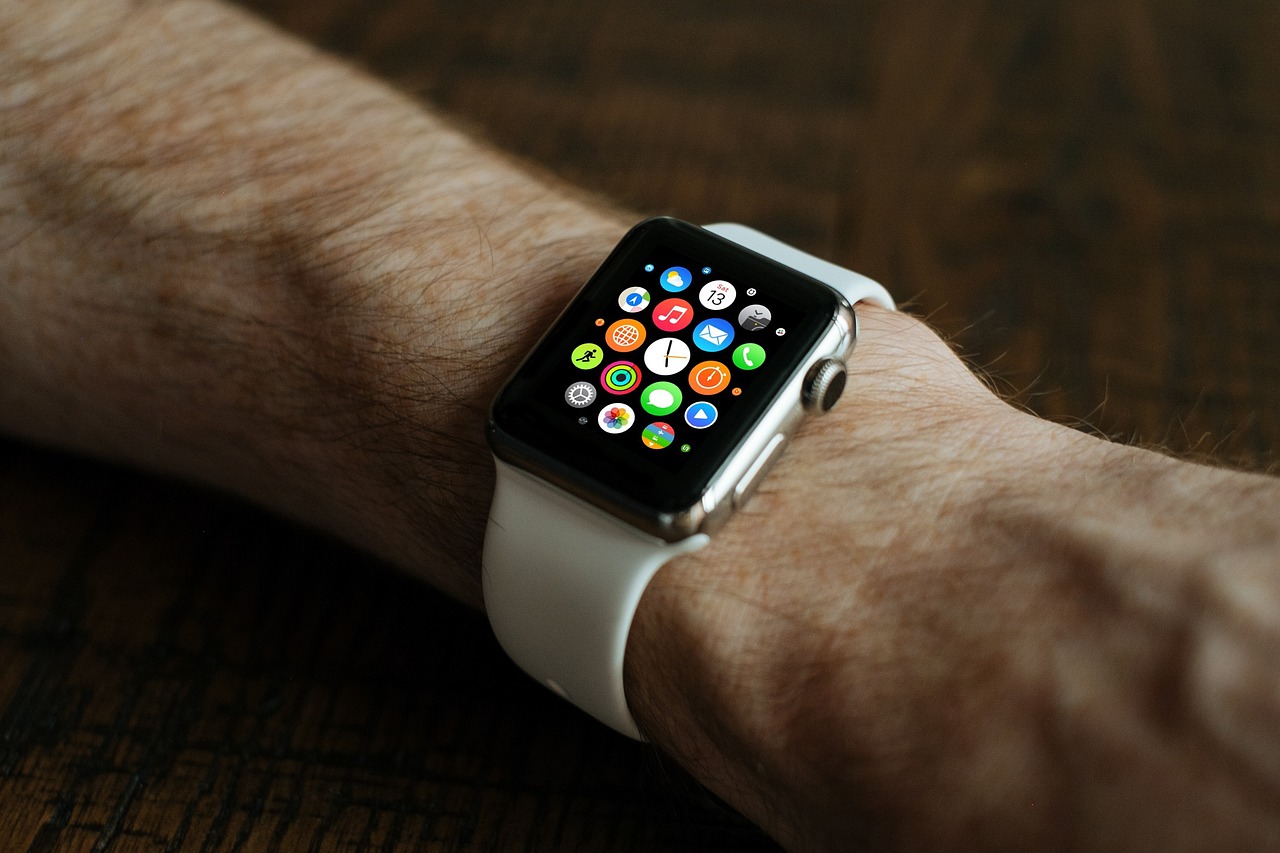
As you prepare to moderate a session, do you ever have concerns of who and what you may find inside the interviewing room? Take the proper steps to not have a surprise waiting for you. The screener you write can ultimately make or break a project. As we begin to incorporate more technology into our research methodologies, we need to be able to adjust our screeners accordingly. Since Biometric studies incorporate heart rate, facial muscle activity, skin responses and can have an eye-tracking add-on, there are many different things to consider. What questions need to be added to a screening for biometrics? In this article, we will walk you through some considerations you need to take when writing a screener for a project with Biometrics.
Biometrics Screening Steps
When screening participants for biometric testing, the screener should include disqualifiers for the following:
- Botox, Dysport (equivalent treatment) or Full/Partial facial paralysis
- This can result in inaccurate results considering the limitation with facial expressions
- An allergy to adhesives
- While affixing the sensors to participants, an adhesive is used and therefore they cannot participate if they have this condition
- A pacemaker
- A pacemaker controls abnormal heart rhythms and therefore, will not provide valid results when conducting biometric research
- For eye-tracking, glasses including readers or progressive lens eyeglasses
- Glasses impact the glasses that need to be worn for eye-tracking- the calibration of the eye-tracking can be compromised and can distort the ability
- Definitely no bifocal glasses, they are very thick and create the ultimate distortion
- Normally glasses may work, but because of risk of impacting the ability of eye tracking to work efficiently, it is an automatic disqualifier
- Lasik eye surgery
- Results of Lasik eye surgery can also impact the calibration of the eye tracking device, similar to glasses and is another immediate disqualifier
Biometrics Screening Questions
What screening questions should be added to a project with Biometrics?
Have you ever had any of the following? [Check all that apply]
- Botox, Dysport, or equivalent (Thank and screen out)
- Full or partial facial paralysis (Thank and screen out)
- An allergy to adhesives (Thank and screen out)
- A pacemaker (Thank and screen out)
- None of the above (Continue)
If there is an Eye Tracker add-ON include the following terminates to the question:
- Eye surgery of any type, including LASIK (Thank and screen out)
- Any medical conditions involving the eye that affects your vision, such as Lazy Eye, glaucoma, cataracts, etc. (Thank and screen out)
What should be included in your screener invitation in order to warn participants what to expect?
"During the interview, you will be evaluating material and we will record physiological responses while you view the material. To record physiological activity, a set of harmless sensors will be placed on your hand, forearms, and face and will record responses to the material presented in this study.
Please be aware that if you are wearing makeup on your face, it will need to be removed to get a clear reading from the sensors. The wires will not harm you in any way and the procedure should not cause any discomfort."
We’ve all experienced testing and research where the insights are amazing because the screener and participants were exactly on point. Conversely, the opposite is true where the findings weren’t as robust as we had hoped or expected and the panel is the cause. You must find the correct panel to perform successful research and though the disqualifiers are limited, they are critically important. With continued technological advancements being incorporated into our research methodologies, you must always consider the screener adjustments to help our participants adapt to the latest research implementations.
READ MORE: What to Consider When Designing a Biometrics Study, What Can Eye Tracking Tell Us That We Didn't Already Know?, Do's and Don'ts of Using Biometrics in Your UX Research Projects











Comments
Add Comment